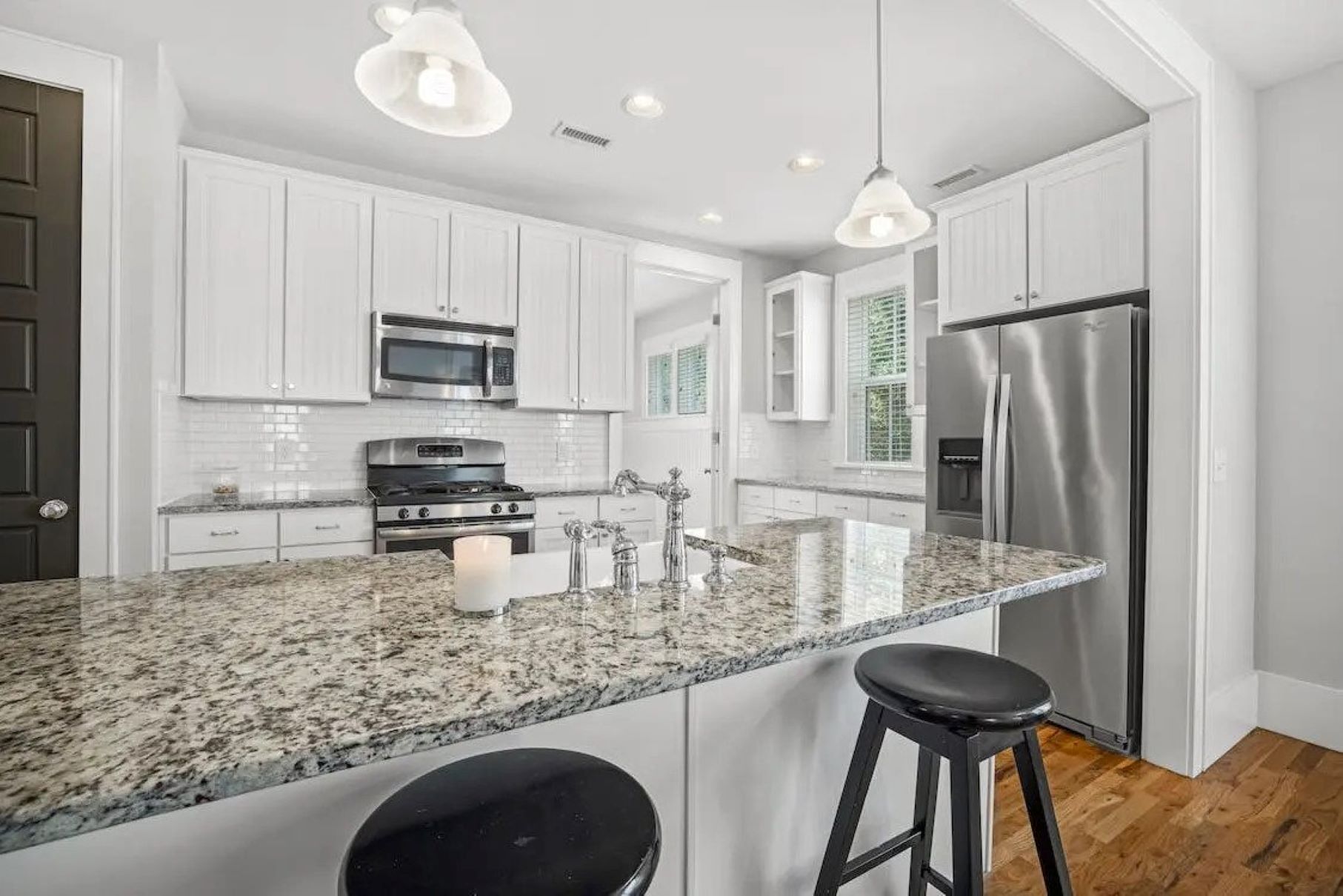

Articles
How Much Do Marble Countertops Cost
Modified: February 17, 2024
Discover the average cost of marble countertops in this informative articles. Get tips and insights on pricing, installation, and maintenance.
(Many of the links in this article redirect to a specific reviewed product. Your purchase of these products through affiliate links helps to generate commission for Storables.com, at no extra cost. Learn more)
Introduction
Welcome to the world of luxurious and timeless beauty – marble countertops. Nothing exudes elegance quite like the natural veining and luster of marble. Whether you are renovating your kitchen or bathroom, marble countertops are a stunning choice that can elevate the aesthetic appeal of any space.
However, before diving into the world of marble countertops, it is crucial to understand the factors that can affect their cost. From the type of marble to the size of your countertops, various elements play a significant role in determining the price you will pay for this high-end material.
In this comprehensive guide, we will explore the factors influencing the cost of marble countertops, the different types of marble available, the average cost you can expect to pay, and additional expenses to consider. We will also provide valuable tips for saving money without compromising on quality. Additionally, we will discuss the pros and cons of marble countertops to help you make an informed decision about whether they are the right choice for your home.
So sit back, relax, and let’s embark on a journey into the world of marble countertops to discover their appeal and understand the investment required to bring this timeless beauty into your home.
Key Takeaways:
- Marble countertops offer timeless elegance, but their cost is influenced by factors like quality, rarity, and installation complexity. Careful consideration and exploring cost-saving strategies can make this luxurious addition more attainable.
- While marble countertops exude luxury, they require regular maintenance and come with considerations such as porosity and sensitivity to acids. Understanding the pros, cons, and costs is crucial for making an informed decision.
Read more: How Much Do Laminate Countertops Cost
Factors Affecting the Cost of Marble Countertops
Several key factors influence the cost of marble countertops. Understanding these factors will help you estimate the potential expenses associated with your desired marble countertops. Let’s take a closer look at each of them:
- Quality of Marble: The quality of the marble itself is one of the primary factors that impact its cost. Marble is classified into different grades based on its color, veining, and overall appearance. Higher-quality marble with rare patterns and vibrant colors will typically command a higher price.
- Marble Source and Rarity: The source of the marble can also affect its cost. Some marbles are sourced from specific regions known for their exquisite quality and rarity. Marble varieties like Calacatta or Statuario, originating from Italy, are known for their premium quality and thus come with a higher price tag.
- Thickness and Size: The thickness and size of the marble slabs required for your countertops will impact the cost. Thicker slabs are generally more expensive due to the additional material used. The size of your countertop will also affect the cost, as larger countertops may require more marble to cover the surface area.
- Complexity of Installation: The complexity of the installation process can impact the overall cost. If your countertops require intricate cuts, special edge profiles, or complex designs, it may require more labor and time, resulting in higher installation costs.
- Finishing and Edge Profiles: The finishing options you choose for your marble countertops, such as polished, honed, or leathered, can affect the cost. Additionally, the type of edge profiles, such as beveled, bullnose, or ogee, can add to the overall expense.
- Location and Accessibility: The location of your residence and accessibility of the installation site can impact the cost. If your home is in a remote area or requires special arrangements for transportation or equipment, it may result in additional expenses.
- Market Demand: Market demand and fluctuations in pricing can also affect the cost of marble countertops. Factors such as supply and demand, economic conditions, and global market trends can impact the overall price you may need to pay.
Considering these factors can help you gauge the potential cost of your marble countertops. It is recommended to consult with a professional marble installer or supplier to get accurate estimates based on your specific requirements and location.
Types of Marble Countertops
When it comes to marble countertops, there is a wide variety of options available, each with its own unique characteristics and aesthetic appeal. Here are some popular types of marble countertops:
- Carrara Marble: Carrara marble is one of the most popular choices for countertops. It is sourced from the Carrara region in Italy and is known for its classic white background with gray veining. Carrara marble has a timeless beauty that blends well with various design styles.
- Calacatta Marble: Calacatta marble is highly sought after for its luxurious and dramatic appearance. It features a white background with bold, thick gray or gold veining. Calacatta marble is often used in high-end applications and can elevate the elegance of any space.
- Statuario Marble: Statuario marble is renowned for its pure white color and striking, bold veining. It is considered one of the most precious and rare marble varieties, often used in luxurious and sophisticated designs. Statuario marble exudes opulence and is a statement piece in any setting.
- Emperador Marble: Emperador marble is characterized by its rich brown color with lighter or darker veining. It adds warmth and depth to any space, making it a popular choice for countertops in both traditional and contemporary designs.
- Crema Marfil Marble: Crema Marfil marble features a creamy beige color with subtle veining. It is known for its soft and elegant appearance, making it suitable for a variety of interior styles. Crema Marfil marble adds a touch of sophistication and warmth to any space.
- Verde Guatemala Marble: Verde Guatemala marble offers a unique green color with light to dark green veining. It is a bold and vibrant option that adds a pop of color and personality to countertops. Verde Guatemala marble is perfect for those looking to make a statement in their kitchen or bathroom.
These are just a few examples of the diverse range of marble varieties available for countertops. Each type of marble has its own characteristics and aesthetic appeal, allowing you to choose the one that best complements your design vision and personal style.
It is recommended to view samples and consult with a professional to ensure you select the right type of marble that meets your preferences and fits harmoniously with the overall design of your space.
Average Cost of Marble Countertops
When it comes to the cost of marble countertops, there are several factors to consider, as mentioned earlier. The cost can vary significantly depending on the type of marble, size of the countertops, location, and other variables. Nevertheless, it is possible to provide a rough estimate of the average cost.
On average, the cost of marble countertops can range from $75 to $250 per square foot, including materials and installation. However, it is important to note that the final price may exceed this range depending on the factors discussed earlier.
For example, high-end marble varieties like Calacatta or Statuario are typically more expensive due to their rarity and demand. The cost of these premium marbles can range from $150 to $250 per square foot or even higher.
Size is another significant factor impacting the cost. Smaller countertops may have a higher cost per square foot, while larger countertops may have a lower cost per square foot. This is because larger slabs are generally more readily available and require less labor for installation.
In addition to the cost of the marble itself, the installation expenses should also be considered. The installation cost can range from $30 to $90 per square foot, depending on the complexity of the project and the location.
It is important to keep in mind that these figures are estimates, and the actual cost may vary based on various factors. It is recommended to obtain multiple quotes from reputable marble suppliers and installation professionals to get a more accurate estimate for your specific project.
Lastly, it is worth mentioning that maintaining and caring for marble countertops may also incur additional costs. Sealing the marble regularly and using appropriate cleaning products are essential to keep your countertops looking their best and to prolong their lifespan.
Before committing to marble countertops, it is crucial to assess your budget carefully and consider the long-term costs and benefits of this luxurious material.
Additional Costs to Consider
When budgeting for marble countertops, it is important to consider additional costs that may arise during the installation process or the lifespan of your countertops. These costs can vary depending on individual circumstances and preferences. Here are some additional costs to keep in mind:
- Template and Measurement: Before installation, a professional will visit your home to take precise measurements and create a template for your countertops. This service may incur an additional cost but is crucial for ensuring a precise fit.
- Transportation and Delivery: If the marble slabs need to be transported from a distant location, there may be additional costs associated with transportation and delivery. This can vary depending on the supplier and the distance involved.
- Customizations and Edge Profiles: If you desire customizations or specific edge profiles for your marble countertops, these may come at an extra cost. Specialized cuts or intricate edge profiles often require additional labor and expertise.
- Sink and Faucet Installation: If you are installing a new sink or faucet along with your marble countertops, you need to consider the cost of the fixtures themselves as well as the installation charges. Plumbing work may be required, and additional labor costs may apply.
- Maintenance and Sealing: Marble countertops require regular maintenance and sealing to keep them looking their best. The cost of sealants, cleaning products, and professional maintenance services should be factored into your budget for the long-term care of your countertops.
- Repairs and Restoration: Over time, marble countertops may experience wear and tear or damage. If repairs, restoration, or refinishing services are needed, you may need to allocate additional funds for these services.
- Disposal of Old Countertops: If you are replacing existing countertops, there may be costs associated with the removal and disposal of the old countertops. This cost can vary depending on factors such as the material, size, and location of the countertops to be disposed of.
It is essential to discuss these potential additional costs with your marble supplier or installation professional to ensure that you have a comprehensive understanding of all expenses involved in your project. By doing so, you can budget accordingly and avoid any unexpected financial surprises along the way.
When budgeting for marble countertops, consider the size of your kitchen or bathroom, the type of marble, and the complexity of the installation. Prices typically range from $40 to $200 per square foot.
Read more: How Much Do Concrete Countertops Cost
Tips for Saving Money on Marble Countertops
While marble countertops are undeniably luxurious, they can also be a significant investment. However, there are several strategies you can employ to save money without sacrificing the quality and beauty of your countertops. Consider the following tips when budgeting for marble countertops:
- Choose Cost-Effective Marble Varieties: Opt for marble varieties that are more readily available and budget-friendly. While high-end marbles like Calacatta or Statuario may be visually stunning, there are more affordable options such as Carrara marble that offer a similar aesthetic appeal at a lower price point.
- Consider Alternatives: If the cost of marble is beyond your budget, explore alternative materials that mimic the look of marble, such as quartz or porcelain. These materials can be more cost-effective while still providing a similar aesthetic.
- Shop Around: Obtain quotes from multiple marble suppliers and installation professionals to compare prices. Be sure to consider not only the cost of the materials but also the installation charges and any additional services included in the package.
- Optimize Slab Usage: Work with your supplier or installer to maximize the usage of the marble slabs by strategically placing cuts and minimizing waste. This can help reduce the overall amount of material needed and lower costs.
- Consider Prefabricated Countertops: Prefabricated marble countertops are pre-cut and finished, offering a cost-effective option compared to custom-made countertops. While they may have limitations in terms of sizes and edge profiles, they offer a budget-friendly alternative without compromising on quality.
- DIY Aspects: If you have some DIY skills and experience, consider handling certain aspects of the installation yourself, such as removing old countertops or handling simple plumbing tasks. However, be sure to consult with professionals for any critical steps to ensure proper installation.
- Maintain the Countertops: Proper maintenance and care can significantly extend the lifespan of your marble countertops, reducing the need for expensive repairs or replacements. Regularly sealing the marble, using appropriate cleaning products, and taking preventive measures against damage can save you money in the long run.
- Consider Second-Hand or Remnant Marble: Explore options for second-hand or remnant marble slabs. These are leftover or unused pieces from larger projects and can be found at discounted prices. While the selection may be limited, it’s worth exploring for cost savings.
- Timing: Keep an eye on seasonal sales and promotions offered by marble suppliers and installation professionals. Discounts and special offers can help you save money, especially if you can time your purchase accordingly.
By implementing these money-saving strategies, you can make your dream of having marble countertops more attainable within your budget. Remember to find the right balance between cost and quality to ensure you are satisfied with the final result.
Pros and Cons of Marble Countertops
Marble countertops are renowned for their elegance and timeless beauty. However, like any material, they come with their own set of advantages and disadvantages. It is important to consider both sides before making a decision. Let’s explore the pros and cons of marble countertops:
Pros:
- Elegant Aesthetic: Marble countertops offer a luxurious and elegant look that can elevate the aesthetic appeal of any space. The natural veining and unique patterns of marble create a stunning visual impact.
- Durability: When properly cared for, marble countertops can be highly durable and long-lasting. They can withstand heat well, making them ideal for kitchen countertops. With regular maintenance and sealing, marble countertops can retain their beauty for many years.
- Natural and Unique: Each slab of marble is unique, with its own natural colors and veining patterns. This adds a touch of individuality and character to your countertops, making them a one-of-a-kind feature in your home.
- Cool Surface: Marble is naturally cool to the touch, which can be beneficial for tasks like rolling dough or working with pastry. This coolness can also help keep your kitchen or bathroom feeling comfortable in warm climates.
- Increased Home Value: Marble countertops are considered a high-end feature and can significantly enhance the value of your home. They are sought after by homebuyers and can make your property more attractive on the real estate market.
Cons:
- Porous Nature: One of the main drawbacks of marble is its porous nature, which makes it susceptible to staining and etching from acidic substances like wine, citrus juice, or harsh cleaning agents. Regular sealing and maintenance are crucial to minimize the risk of stains and damage.
- Requires Regular Maintenance: Marble countertops require regular maintenance to keep them looking their best. This includes sealing the surface periodically and using gentle, non-acidic cleaners. Failure to properly maintain marble countertops may result in dullness, staining, or etching.
- Prone to Scratches: While marble is durable, it is softer and more prone to scratches compared to other countertop materials like quartz or granite. The use of cutting boards and avoiding dragging heavy objects across the surface can help prevent scratches and damage.
- Higher Cost: Marble countertops are generally more expensive compared to other materials like laminate or tile. The cost can vary depending on factors such as the type of marble, size of the countertops, and installation charges.
- Sensitivity to Acids: As mentioned earlier, marble is sensitive to acidic substances, which can cause etching and discoloration. It is important to be cautious when using or spilling acidic liquids on marble countertops and to promptly clean up any spills.
Ultimately, the decision to install marble countertops depends on your personal preferences, lifestyle, and budget. If you are willing to invest time and effort into maintaining them properly, marble countertops can provide a stunning and luxurious addition to your home.
Read more: How Much Do Soapstone Countertops Cost
Conclusion
Marble countertops offer a timeless beauty and unmatched elegance that can transform any kitchen or bathroom into a luxurious space. Despite their high-end appeal, it is important to carefully consider the factors that can impact the cost and practicality of marble countertops.
Factors such as the quality and rarity of the marble, size and thickness of the countertops, location, and complexity of the installation process can all contribute to the overall cost. It is crucial to gather multiple quotes, explore different marble varieties, and consider alternative materials to make an informed decision that aligns with your budget and design vision.
While marble countertops come with their fair share of advantages, including their visual impact, durability, and potential increase in home value, they also have their drawbacks. The porous nature of marble makes it susceptible to staining and etching, requiring regular maintenance and sealing. Additionally, the higher cost and sensitivity to acids and scratches should be considered when weighing the pros and cons of marble countertops.
In conclusion, marble countertops are a luxurious addition to any home, but they require careful consideration and proper maintenance. By understanding the factors influencing their cost, exploring the various types of marble available, and weighing the pros and cons, you can make an informed decision that aligns with your style preferences, budget, and lifestyle.
Remember, whether you choose marble or an alternative material, the key is to create a space that reflects your personal taste and enhances your everyday living experiences. Enjoy the elegance of your new countertops and appreciate the beauty that marble brings to your home.
Frequently Asked Questions about How Much Do Marble Countertops Cost
Was this page helpful?
At Storables.com, we guarantee accurate and reliable information. Our content, validated by Expert Board Contributors, is crafted following stringent Editorial Policies. We're committed to providing you with well-researched, expert-backed insights for all your informational needs.
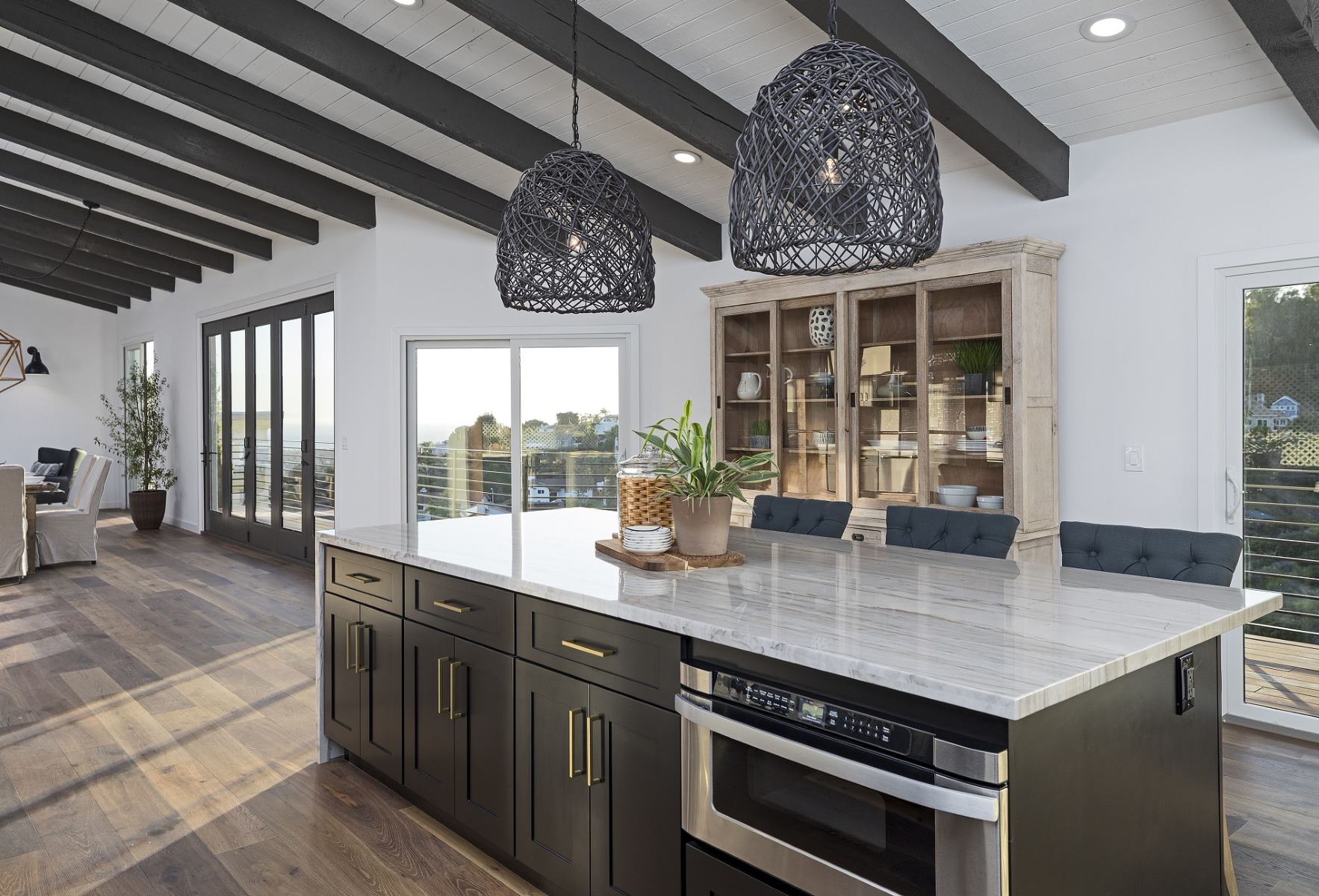
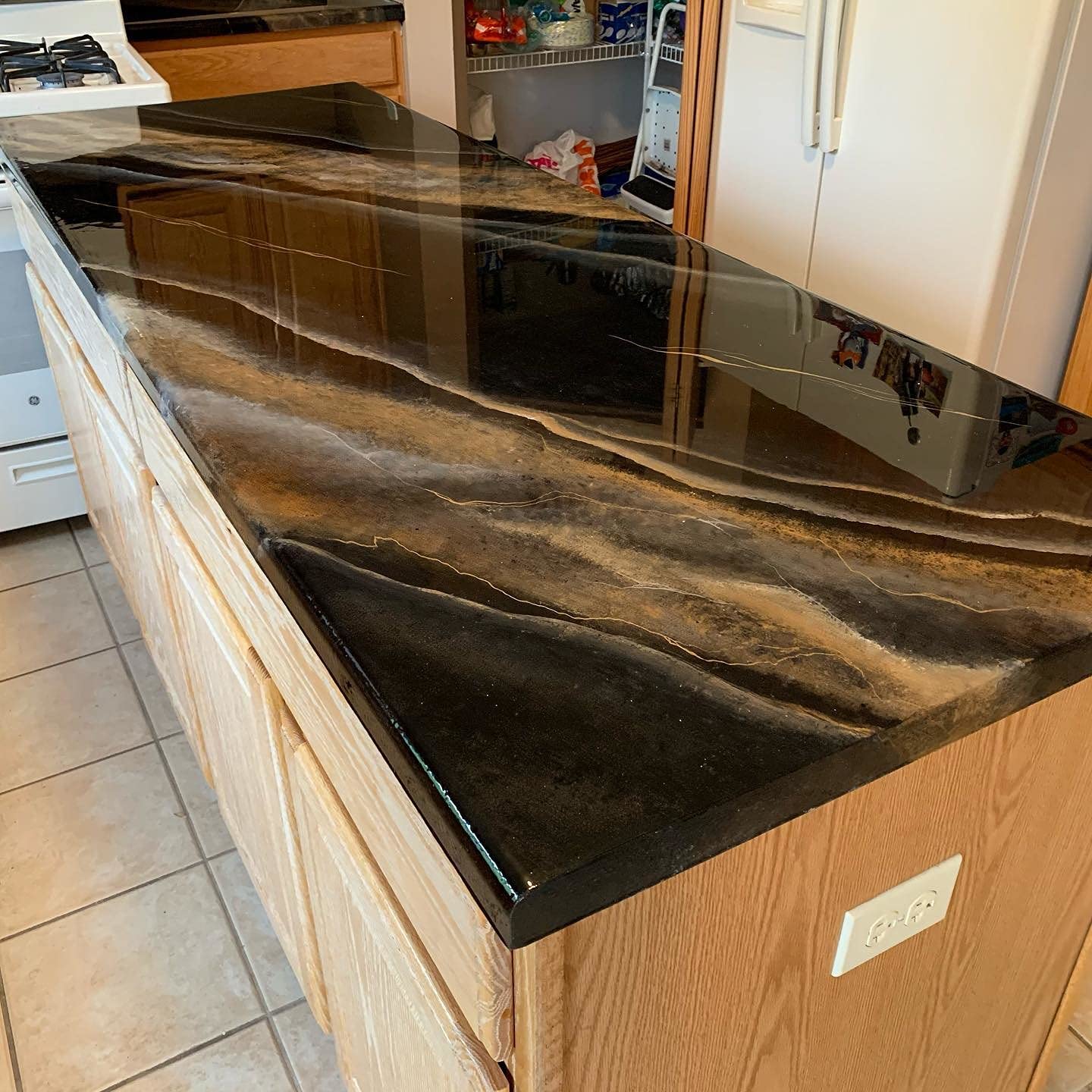
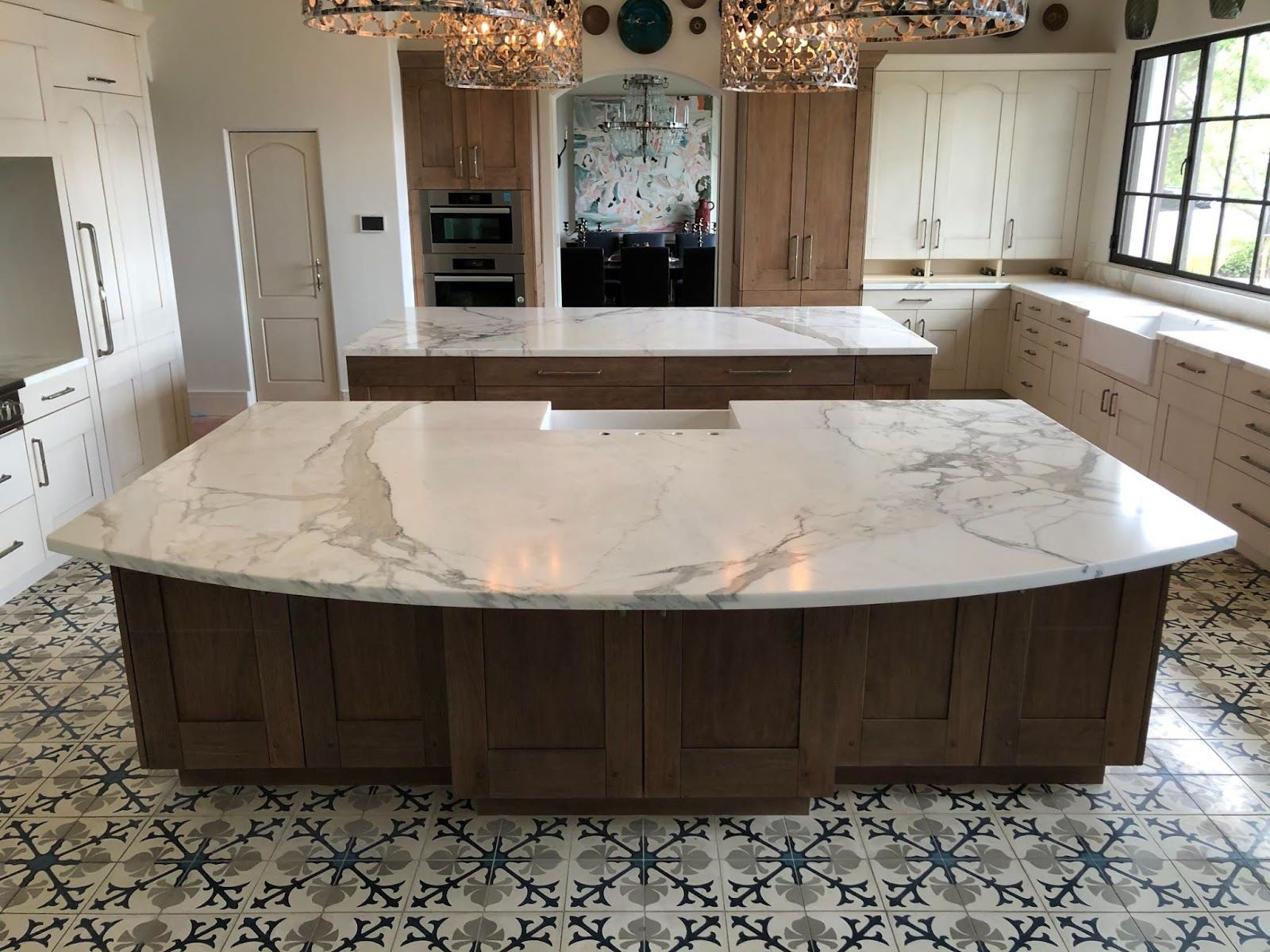

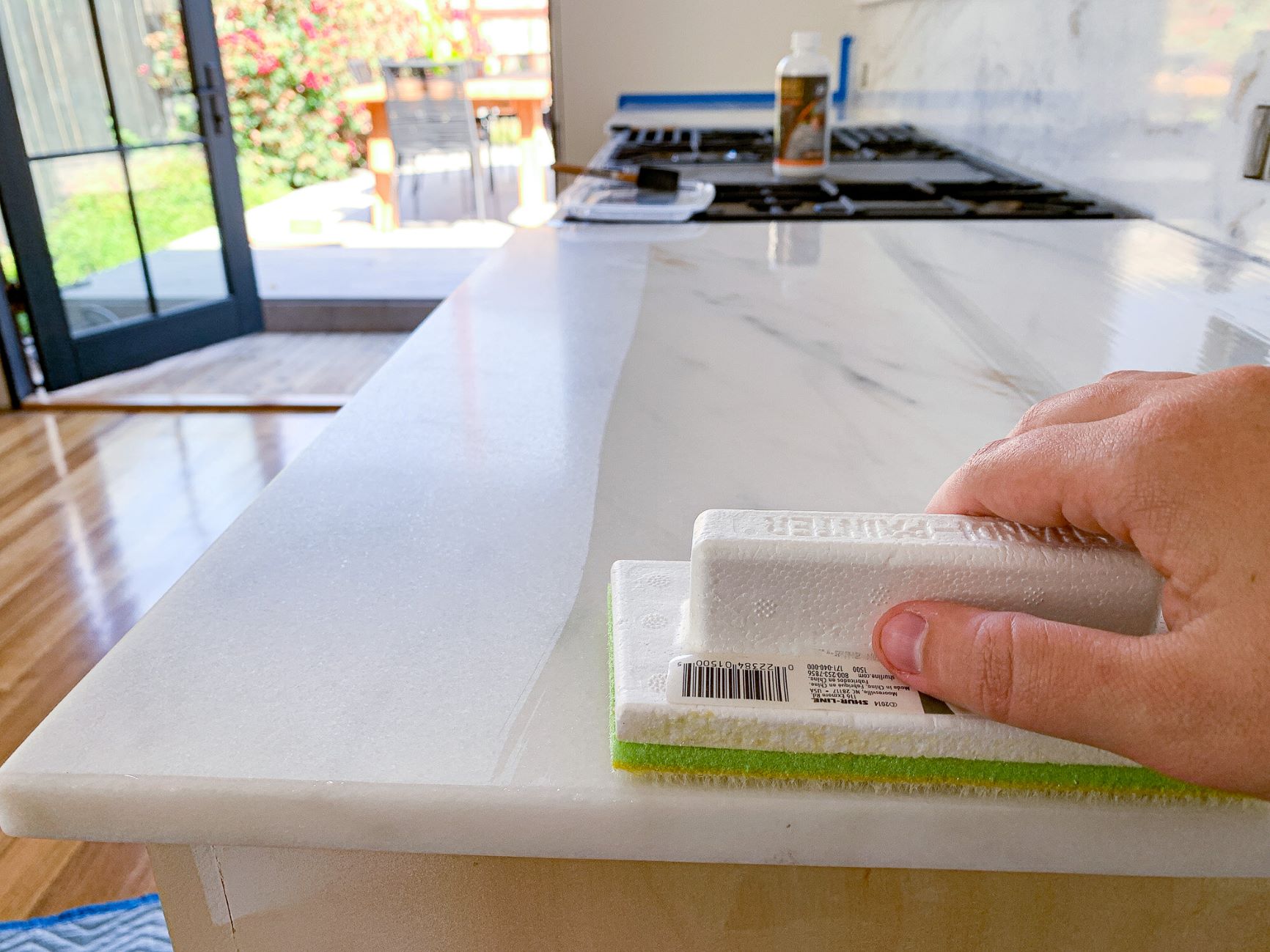
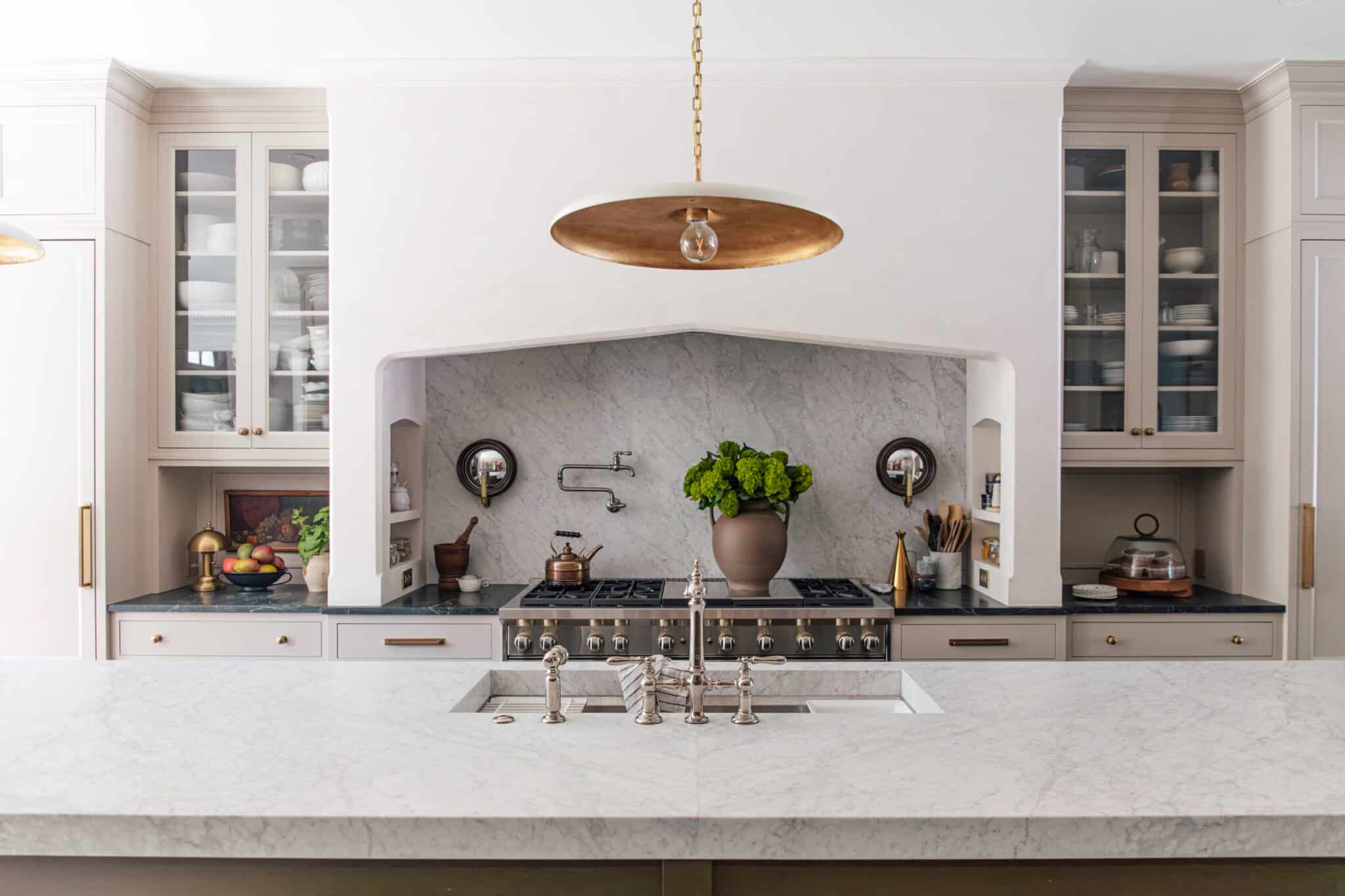
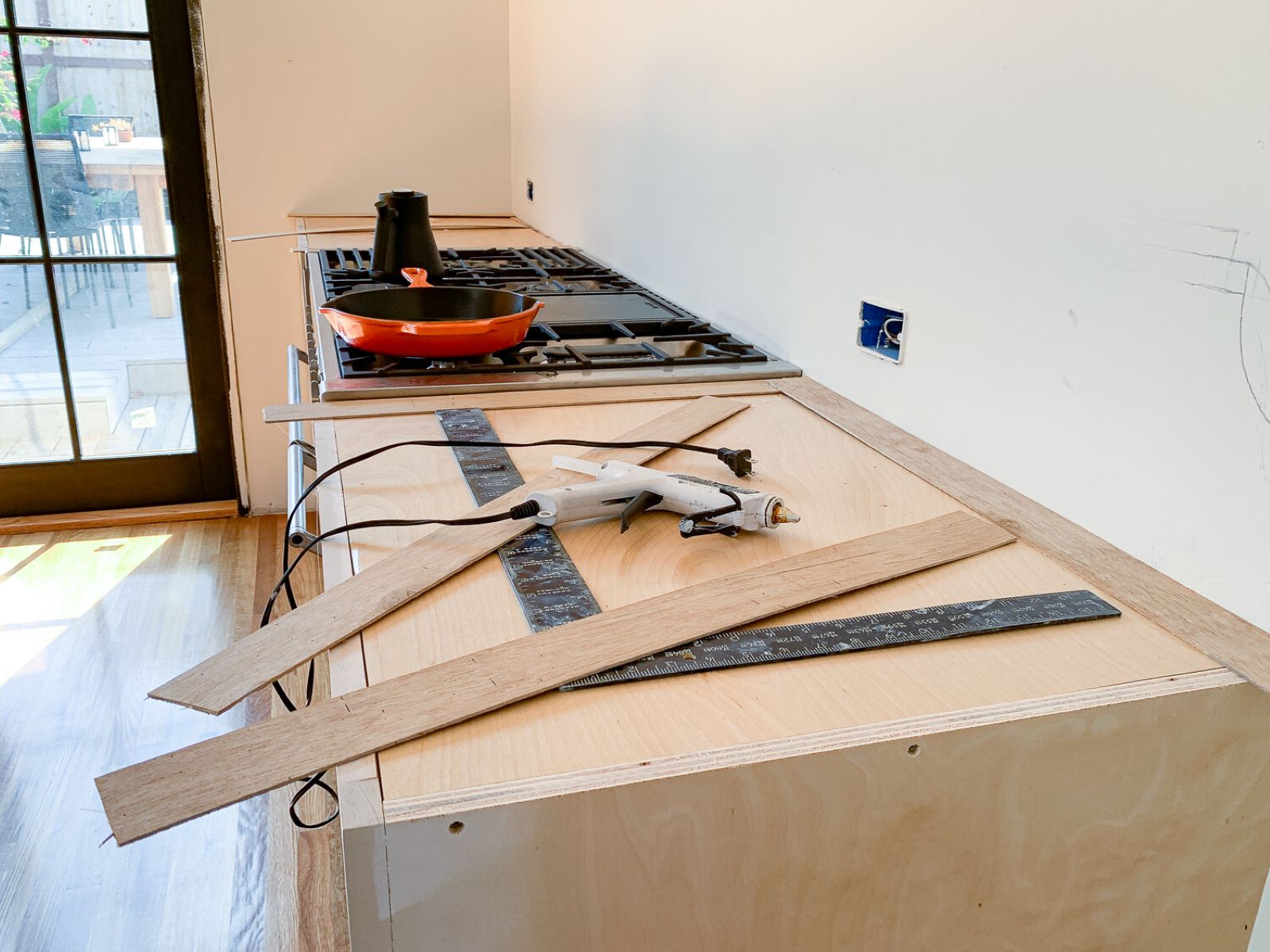
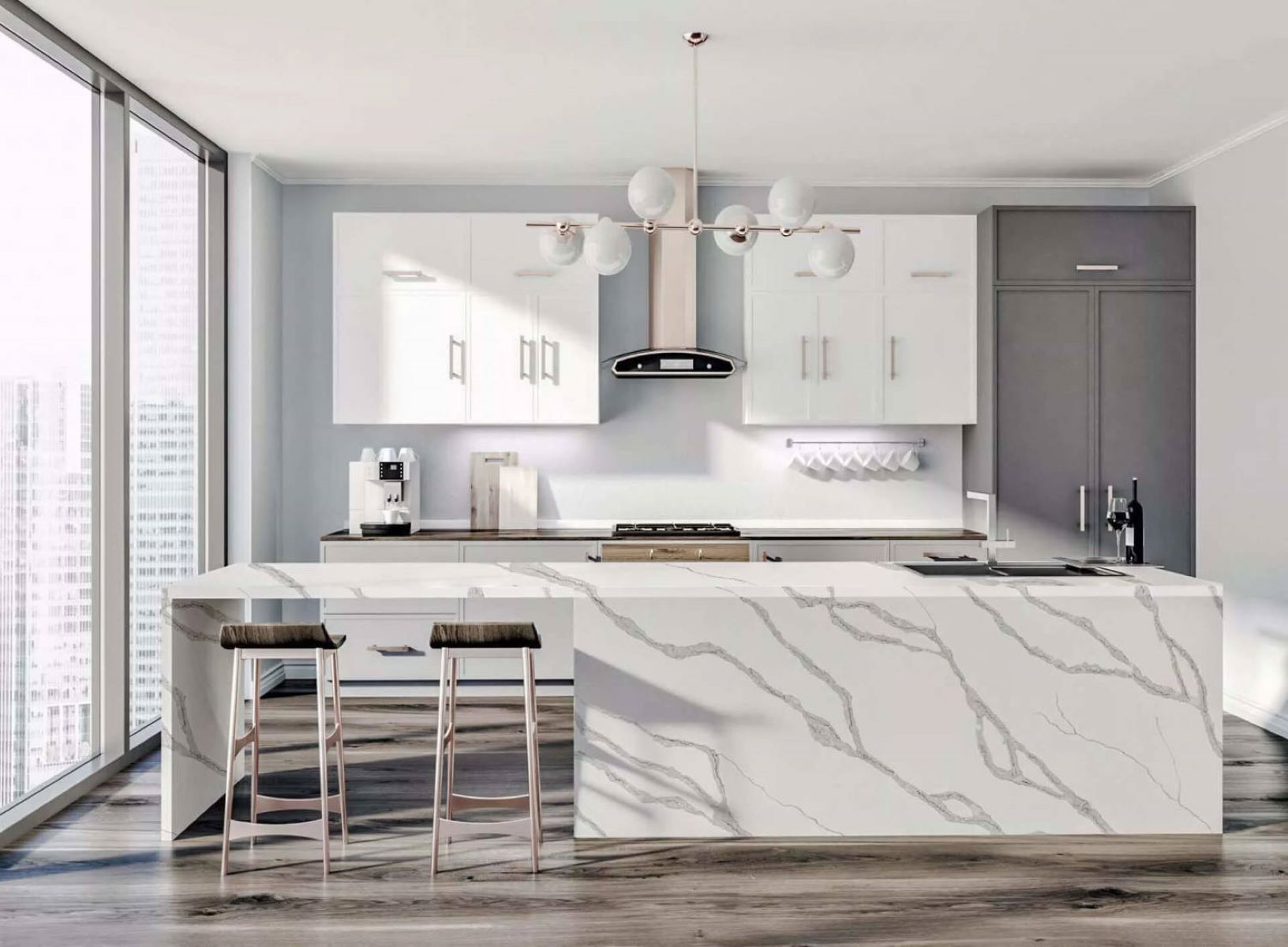
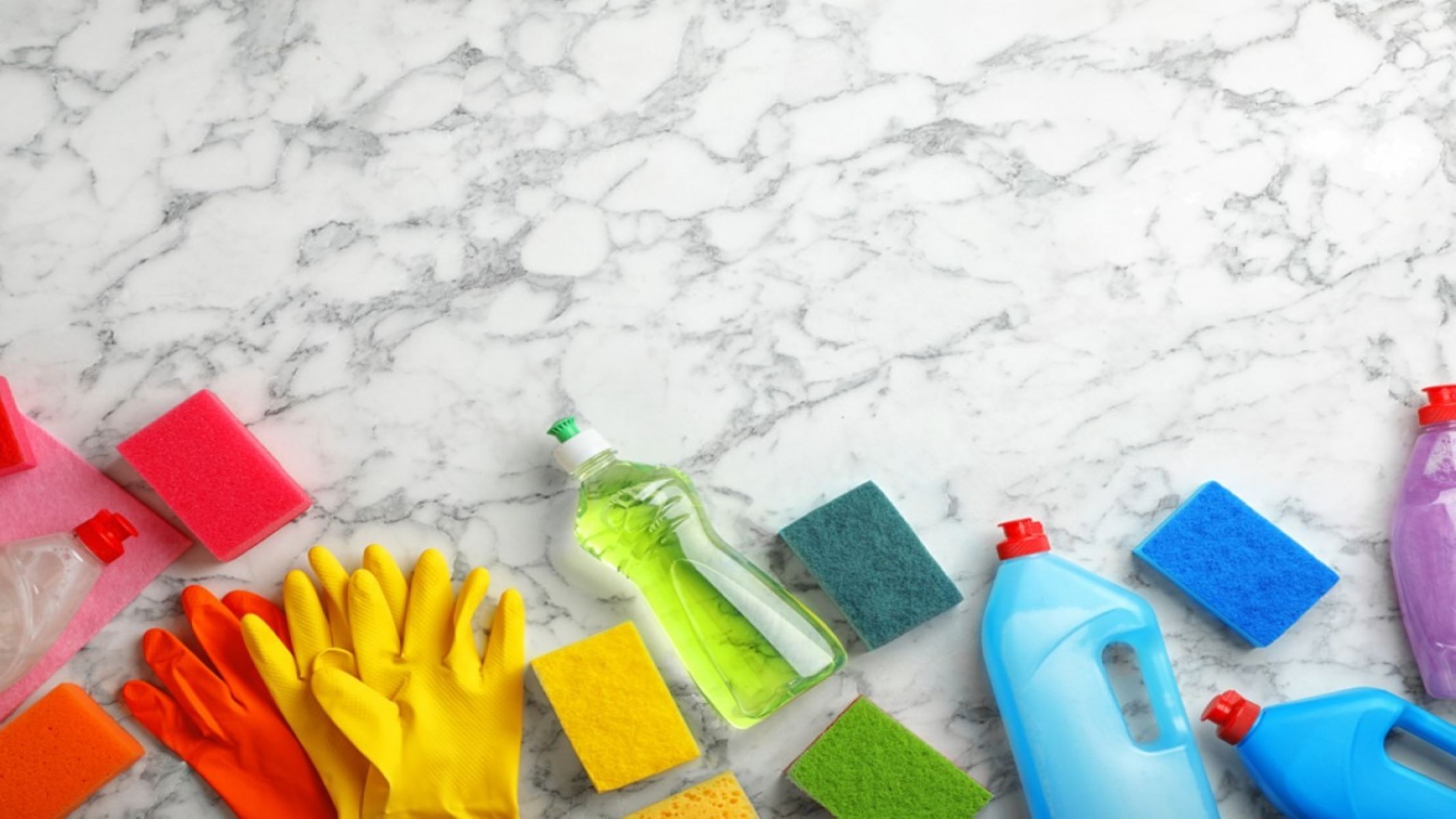
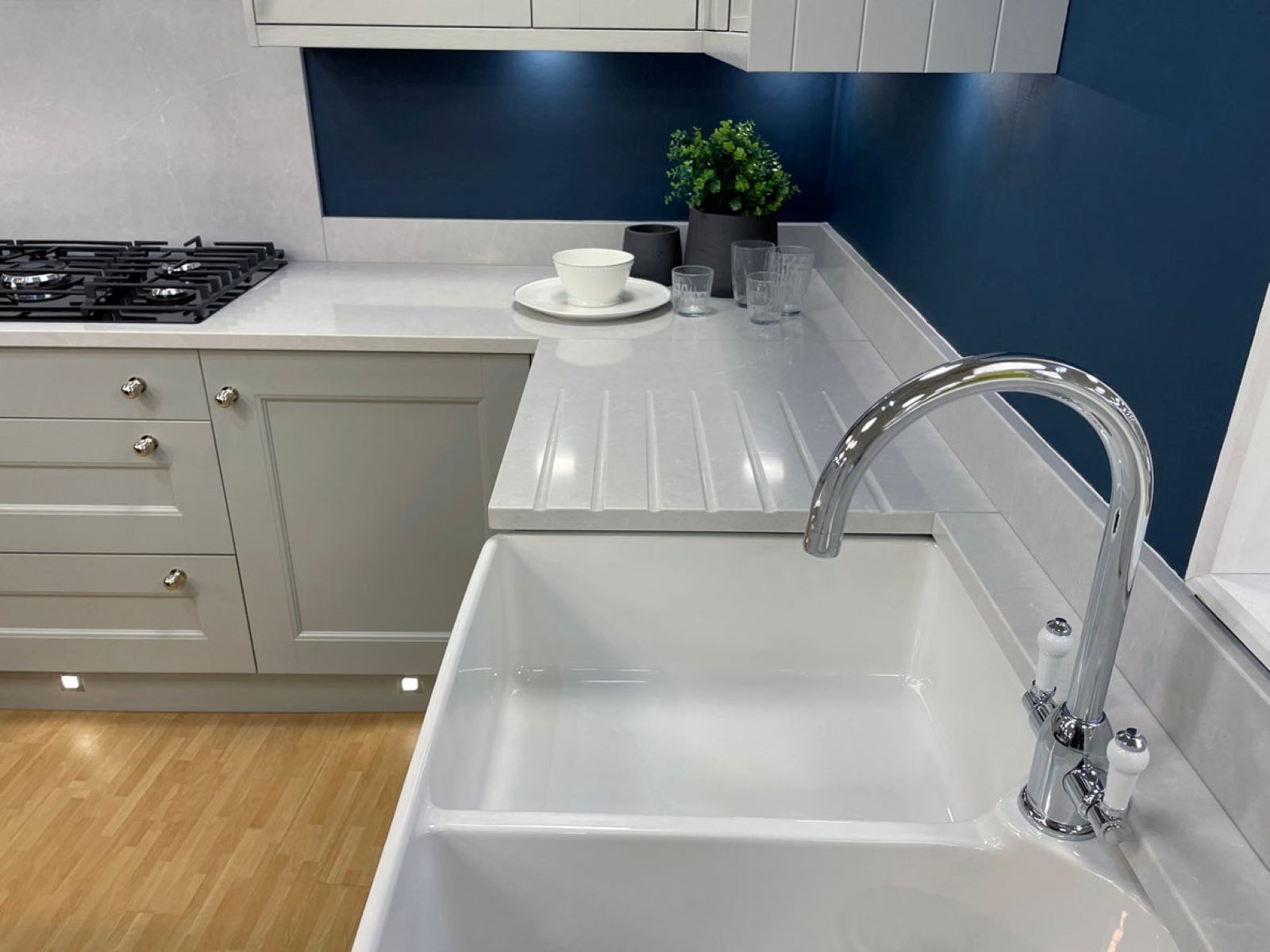
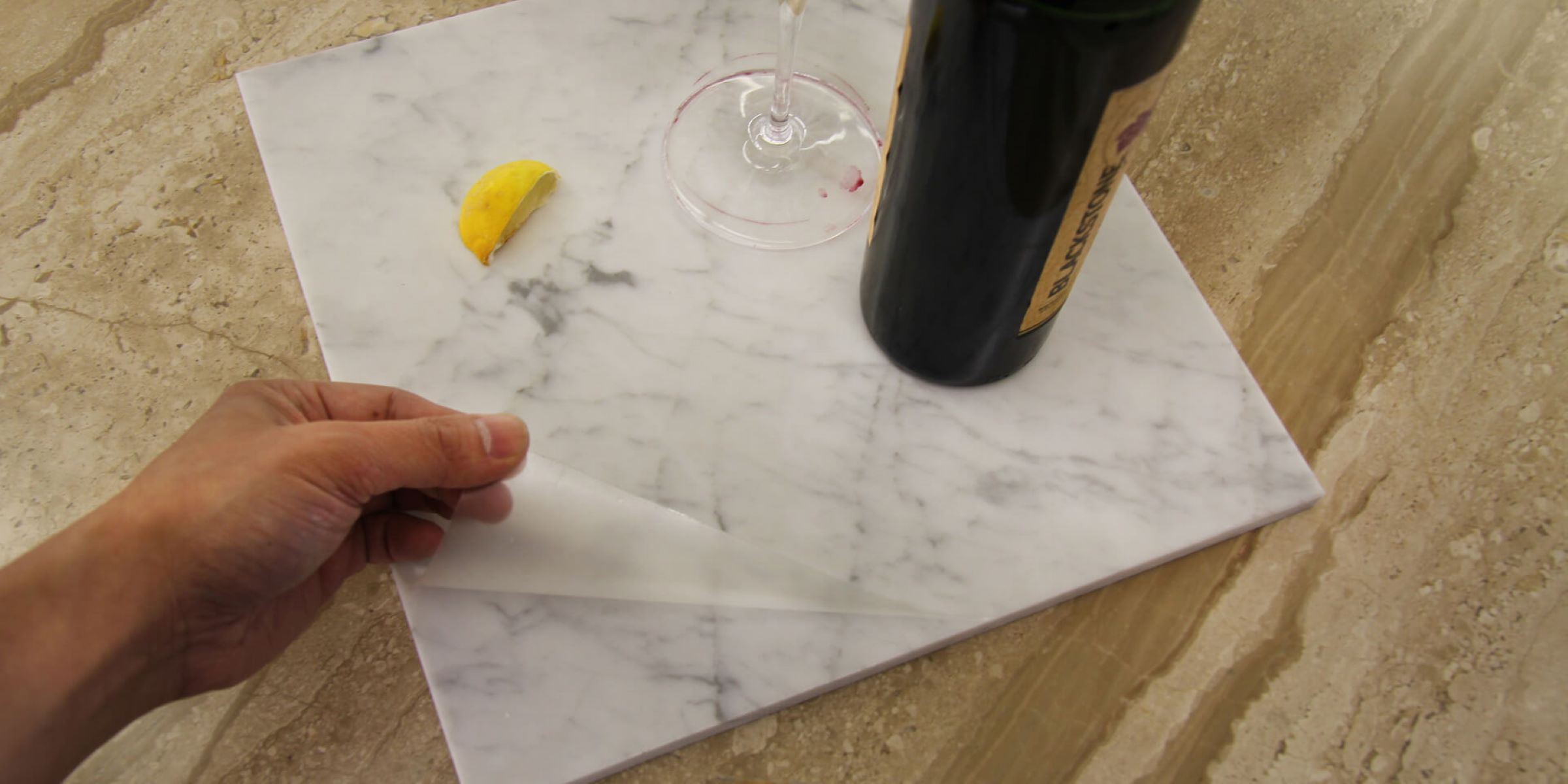
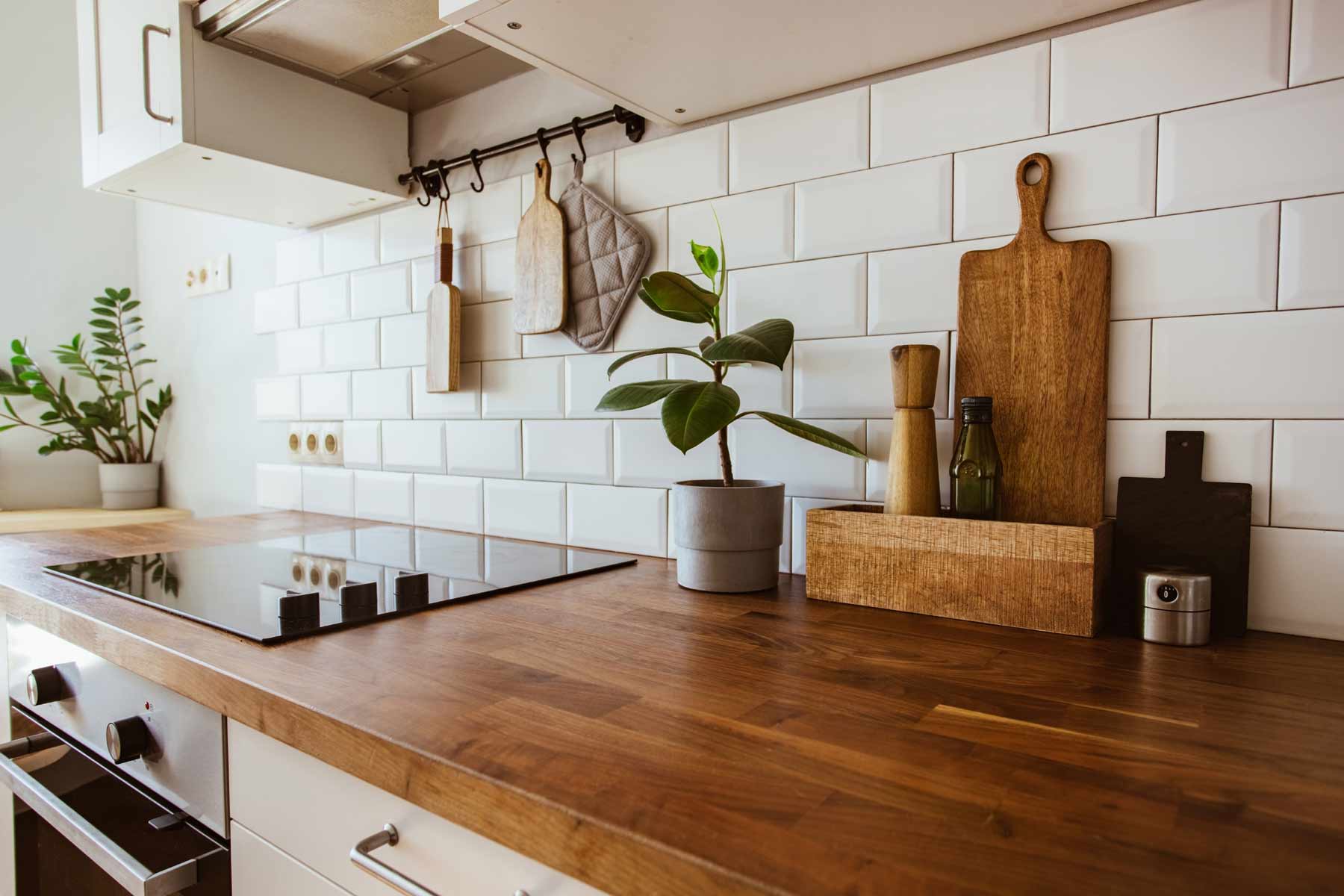
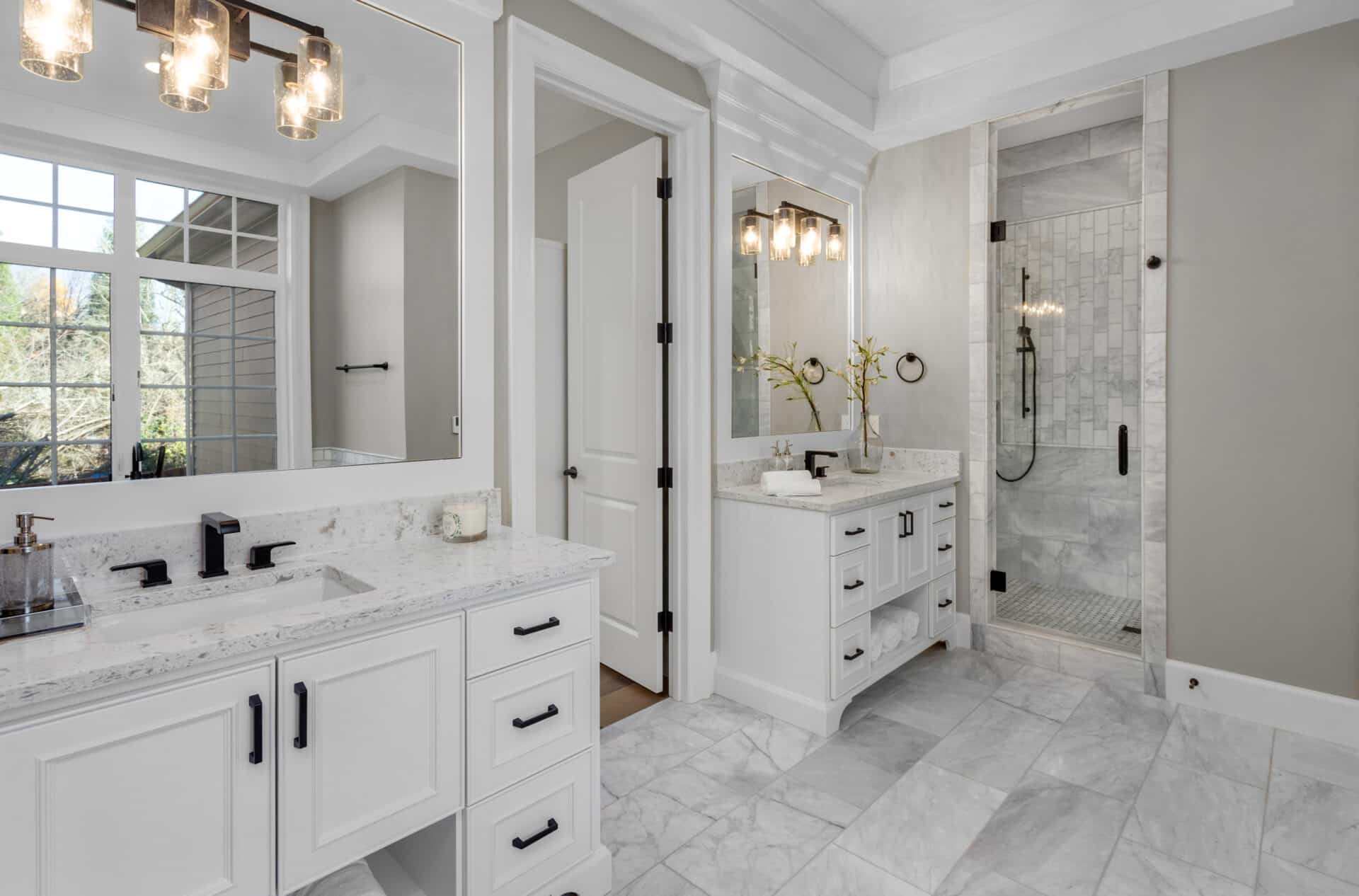

0 thoughts on “How Much Do Marble Countertops Cost”